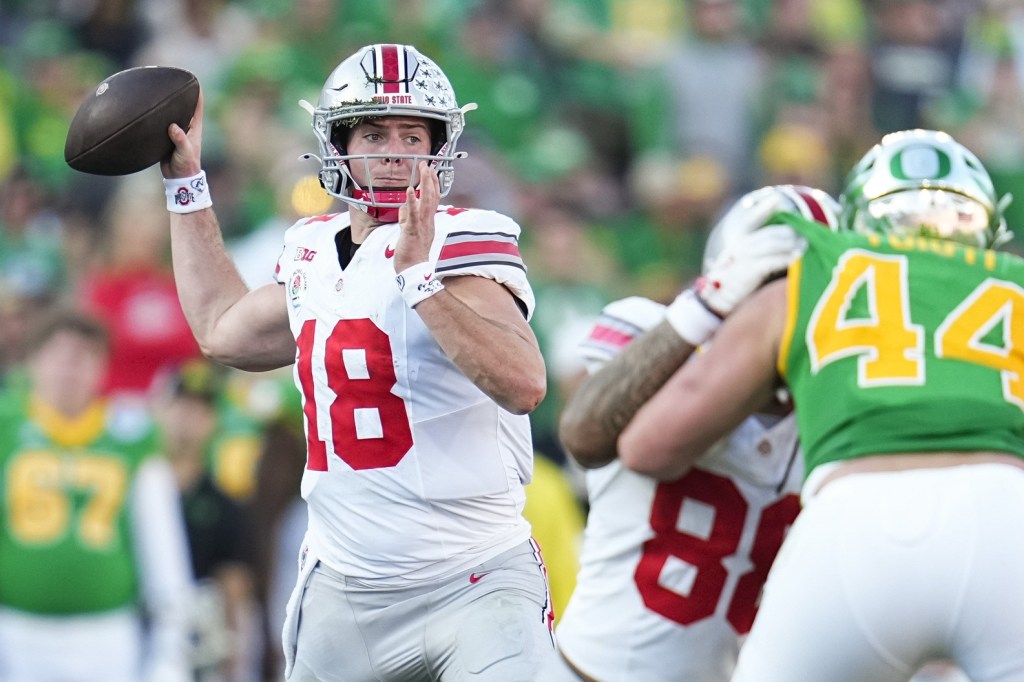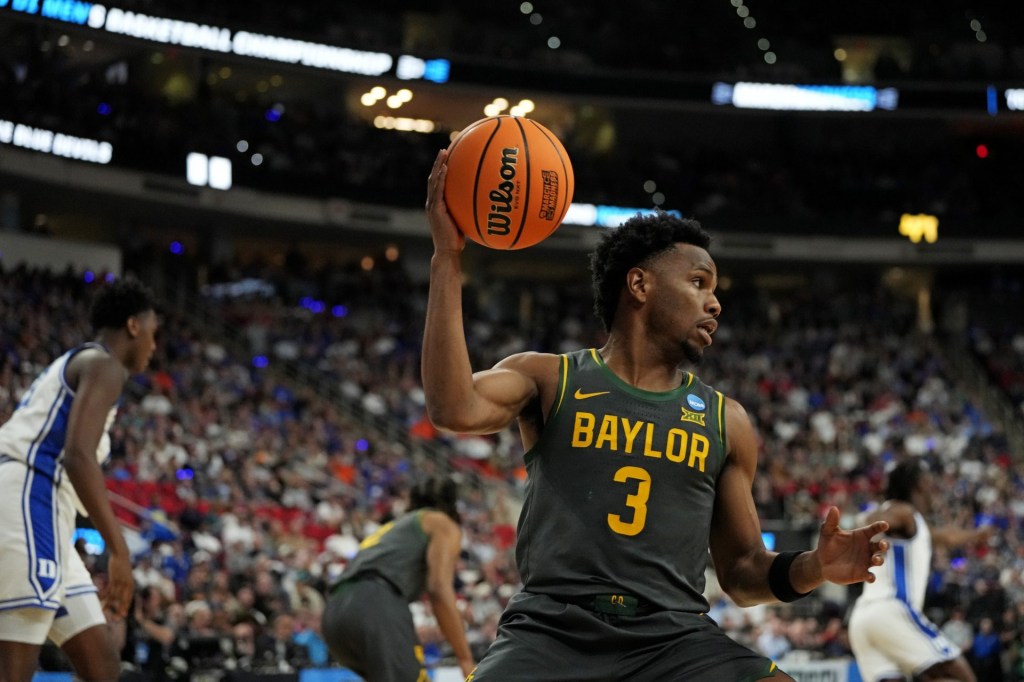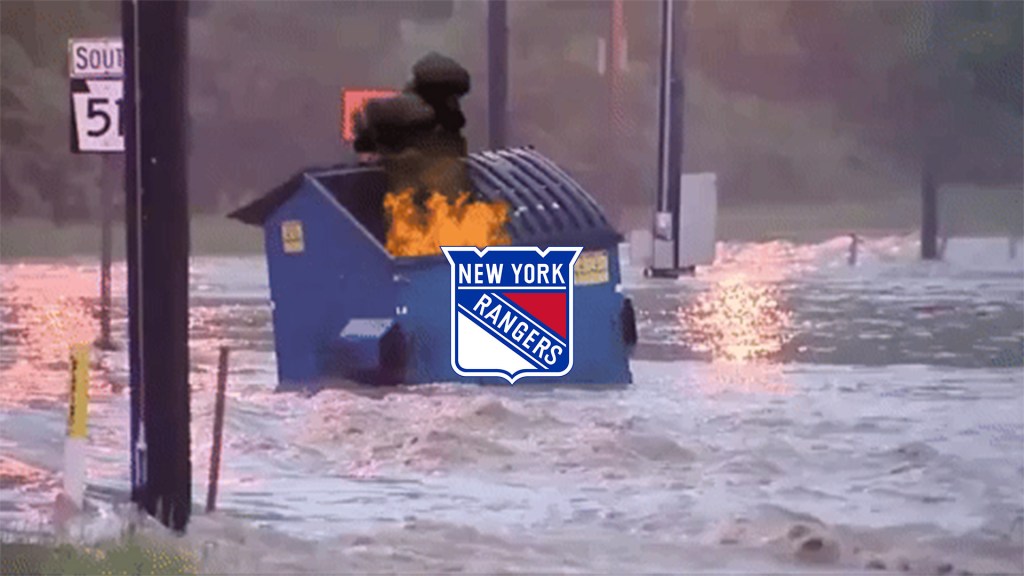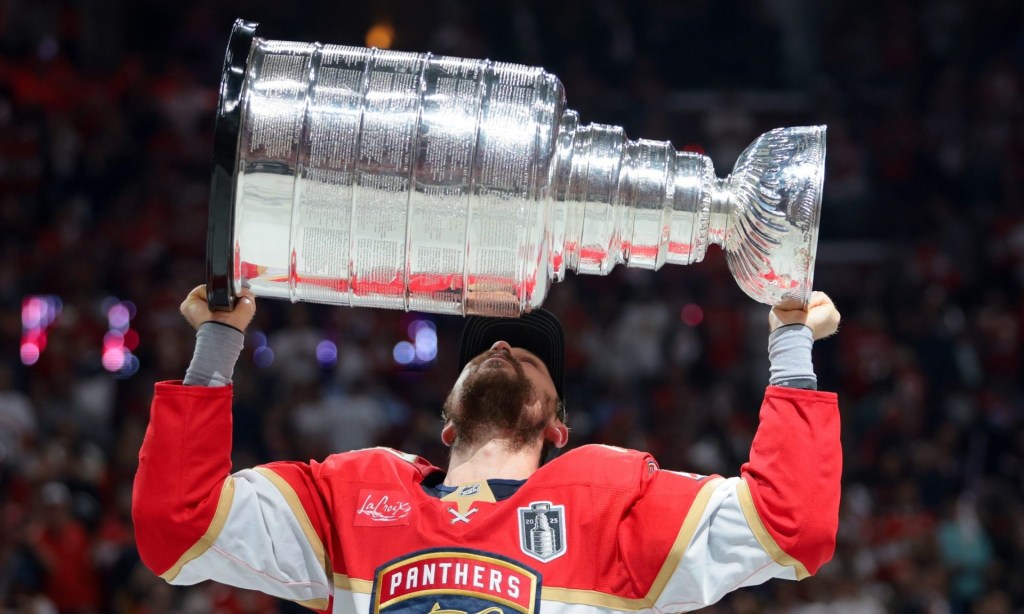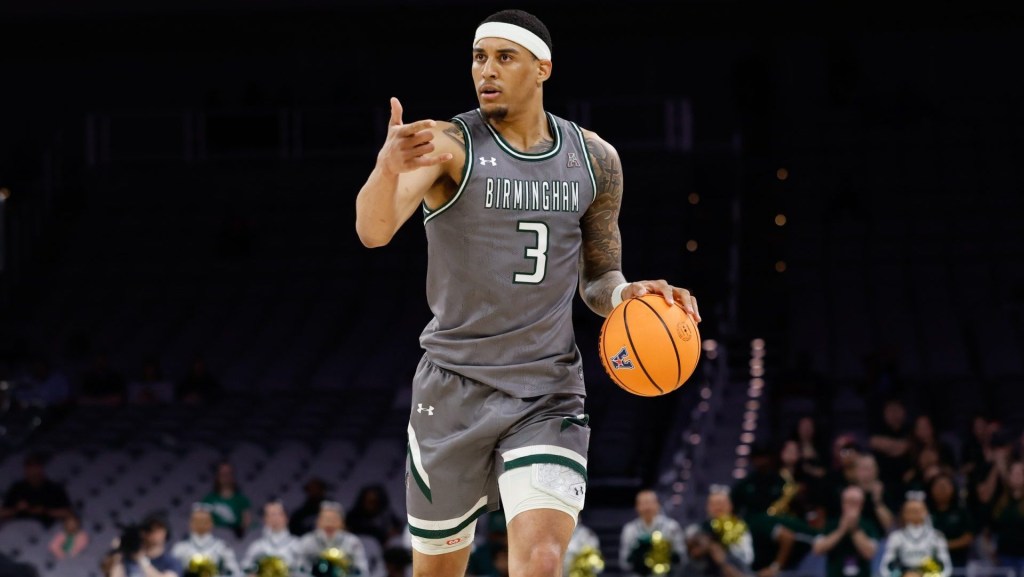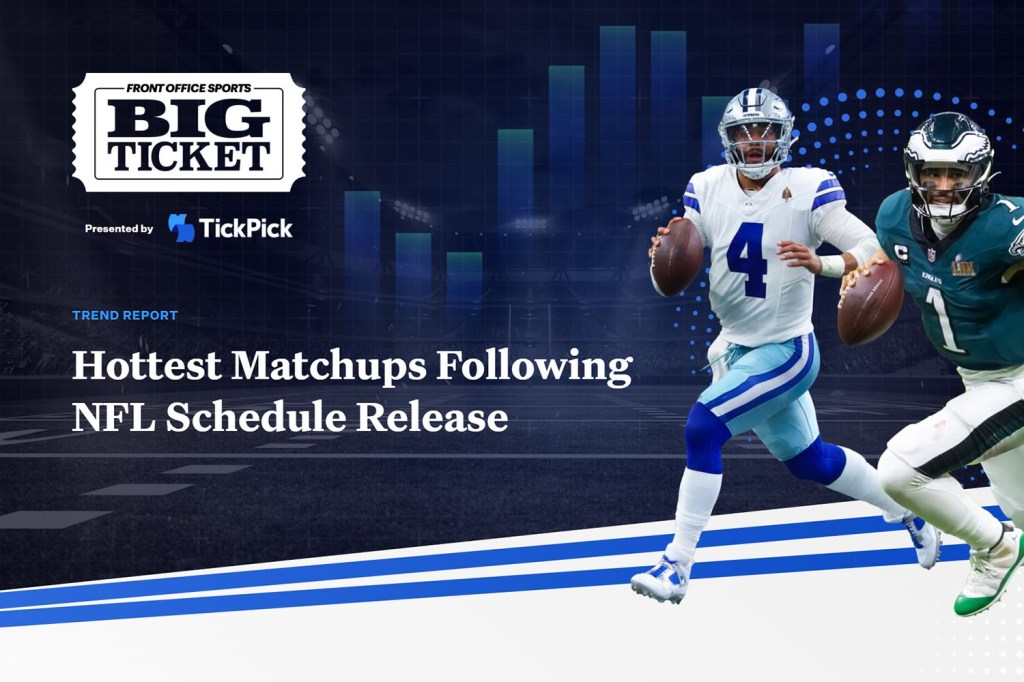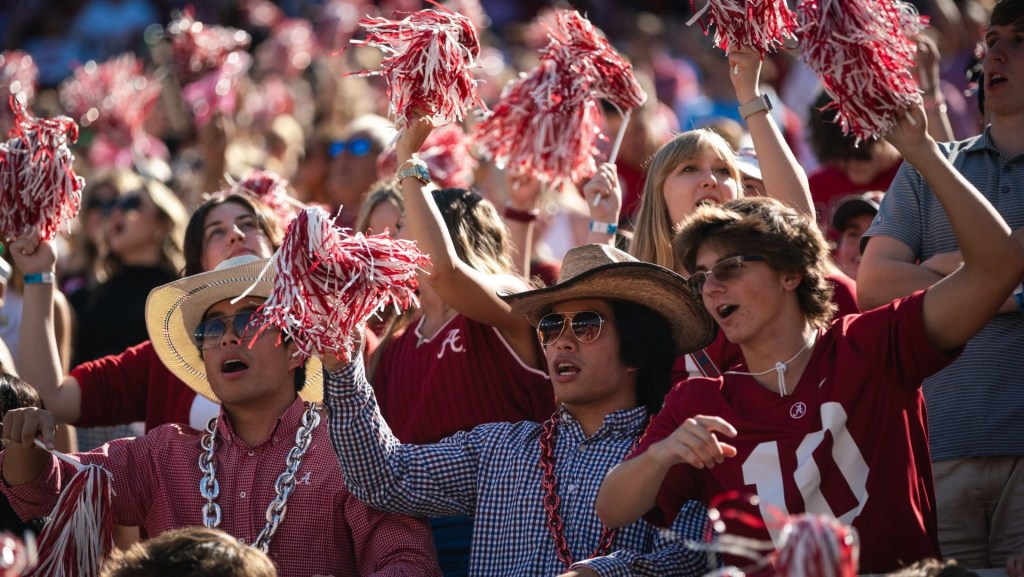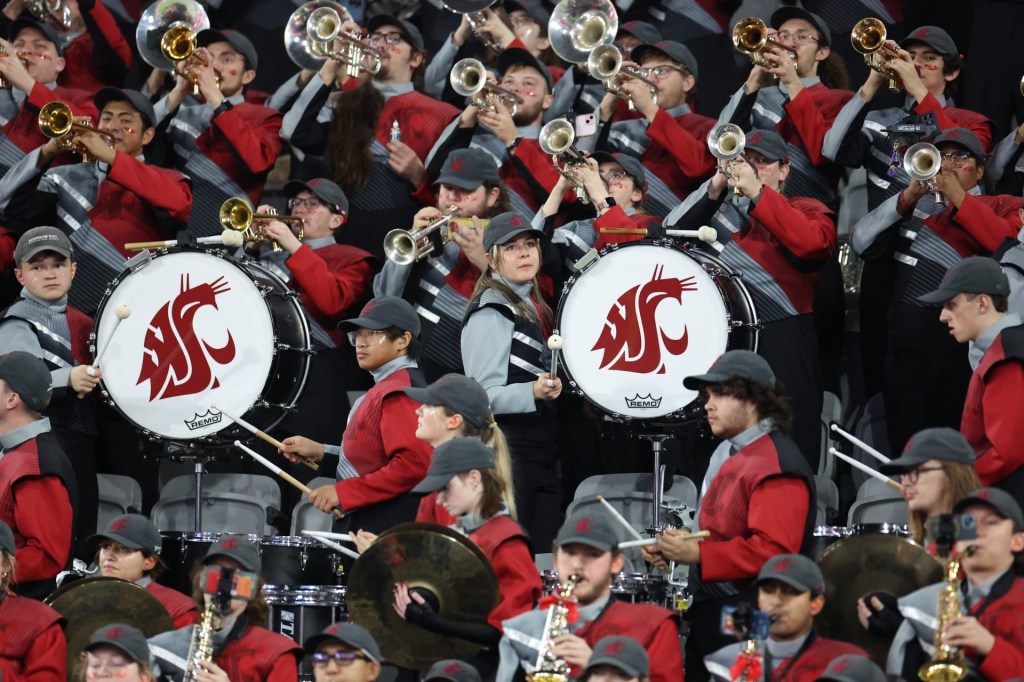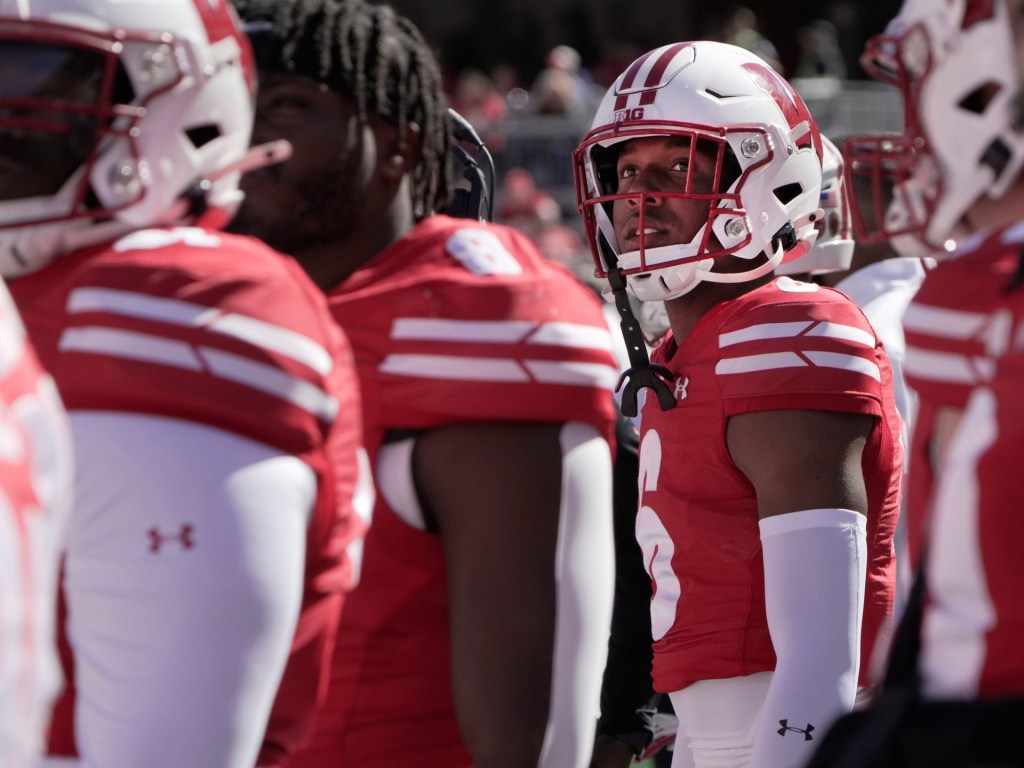Valuations from multiple companies suggest that women’s sports athletes will cash in when NIL rules take effect: Some volleyball players, basketball players, and gymnasts could make more than $100,000 annually.
But the question remains: Will brands pay them what they’re actually worth?
Not So ‘Simple Math’
Ryerson University sports business expert Katie Lebel explained to FOS how the gender pay gap was caused by the lack of investment in professional women’s sports, rather than a lack of interest.
“In the traditional sports business model, money is invested into sport to increase the quality, which then increases the media [and] sponsorship demands,” Lebel said. “Which sees more money invested into the sport and further enhancements to the quality of sport production, which leads to increased audiences and increases in sponsorship demands.”
Without the investment and resources afforded to men’s sports, women’s sports revenue can’t grow — so neither can salaries, media rights, and sponsorships.
“Critics will argue that the pay gap in professional sport is simple math,” Lebel said. “Men’s sports generate greater revenue, therefore male athletes have more lucrative salaries.”
But that ignores the “context” of this unfair cycle. “I argue the most significant factors to the pay gap are tied to the inequities around marketing and promotional resources,” Lebel said.
Different Level, Same Story
If this story sounds familiar, that’s because it’s the same saga as women’s college sports, from basketball to volleyball to softball.
Right now, NIL projections for women’s sports athletes are promising. But some valuations would be higher if they weren’t based on existing college sports revenues, which already undervalue women’s sports, University of Pennsylvania college sports finance expert Karen Weaver recently wrote in Forbes.
And even if valuations are high, history shows that there’s no guarantee brands will pay these athletes what the market says they’re worth.
“Women’s sports have been underfunded at every turn in the road and expected to do more with less,” Lebel said.

